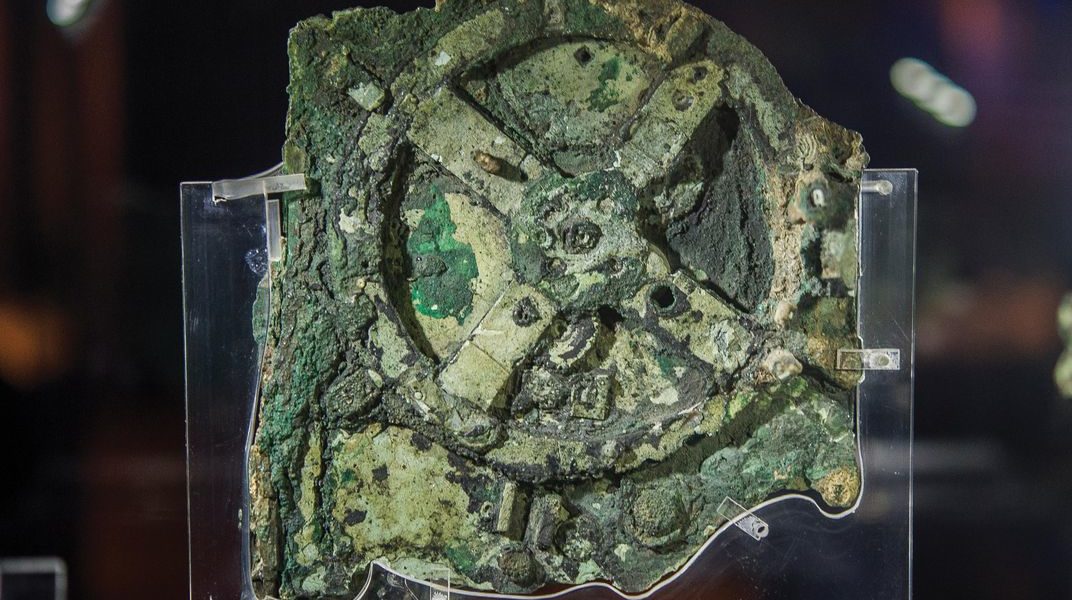
The Antikythera Mechanism, an Ancient Greek artefact often hailed as the ‘world’s first computer’ will be honoured by the American Society of Mechanical Engineers at a special event on June 26, at the Altar Hall of the National Archaeological Museum in Athens.
The society will designate the ancient technological marvel as a Historical Mechanical Engineering Landmark and present an honorary plaque in recognition of its significance to the evolution of mechanical engineering and technology.
The event will be attended by Greek and American scientists who will also update attendees on the ongoing research towards a better understanding of the Antikythera Mechanism structure and function.
The device dates back to 60BC and is said to most likely have been used by ancient Greeks to track solar and lunar eclipses using a complex system of bronze gears. It was discovered by Greek archaeologist Valerios Stais on May 17, 1902, amongst treasure from a Roman shipwreck.
The intriguing piece of bronze continues to fascinate scientists worldwide ever since its discovery due to the sheer amount of technical knowledge, skill and the wealth of scientific information that went into its construction and operation. It is the oldest surviving multiple-gear mechanism, essentially an analogue ‘computer’ for making astronomical and calender calculations, designed to predict astronomical phenomena and to maintain a multi-annual precision calendar.


